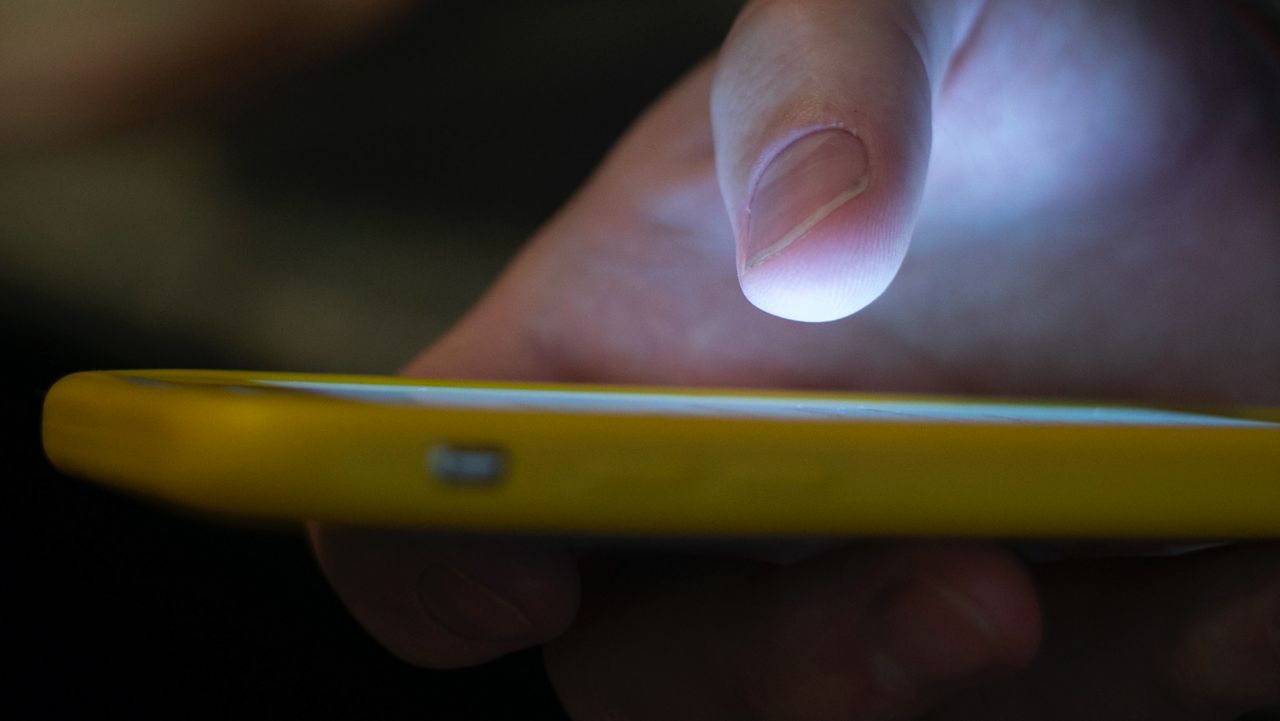If you received a text message from what appears to be your own cell phone number, you aren’t alone – and officials have advice on how to avoid falling victim to the digital scam.
Reports began to surface on social media early this week that customers – specifically, those with cell phone plans with Verizon Wireless – received strange text messages that appeared to come from their own number.
Some of the text messages purported to offer rewards or promotions.
“Free Msg: Your bill is paid for March. Thanks, here’s a little gift for you,” read one such message seen by Spectrum News, followed by a link leading to a website with an invalid certificate. Other links, like one sent to a reporter at The Verge, reportedly led to the website of Channel One Russia, a state-backed channel out of the Eastern European nation.
At least two instances of the fraudulent texts, confirmed by Spectrum News, were sent to Verizon Wireless customers.
Verizon on Tuesday said it was “aware” of the issue and is working with law enforcement to address it, although would not say how many reports of such spam texts it had received in recent days.
"Verizon is aware that bad actors are sending spam text messages to some customers which appear to come from the customers' own number,” a Verizon spokesperson told Spectrum News. “Our team is actively working to block these messages, and we have engaged with U.S. law enforcement to identify and stop the source of this fraudulent activity.”
In a subsequent statement to the New York Times, Verizon said it had “no indication of any Russian involvement” in the scam texts, adding: “Our company has significantly curtailed this current activity, but virtually all wireless providers have faced similar fraudulent activity in recent months.”
While the company is still working to identify the source of the fraudulent messages, Verizon has blocked at least one of the numbers behind the scam, per the Times. The Verizon spokesperson estimated thousands of customers had received such messages.
A spokesperson for T-Mobile, while not confirming a rise in similar reports, said: “Unfortunately scams like these are an industry-wide problem. We always encourage consumers to be cautious with engaging with unknown senders and have tools available for blocking unwanted messages.”
The FBI has, in recent months, warned of a rise in so-called “smishing,” or SMS phishing scams, where an actor disguises a bad source – like an email address, URL or phone number – as legitimate. Once an individual clicks on a link included in such a message, they are led to websites which “are used solely to steal [their] information.”
Here are some tips on how to protect yourself from “smishing” scams:
Never click on a link in any unsolicited message or email and do not respond to texts, emails or calls from unidentified contacts
Carefully examine messages and links for spelling mistakes, as scammers often use similar variations to trick potential victims
File a report with the FBI’s Internet Crime Complaint Center if you believe you have been the victim of a phishing scam
Verizon customers should forward the text to S-P-A-M (7726) so the company can investigate further
Use VPN or two-factor authentication on your mobile devices



